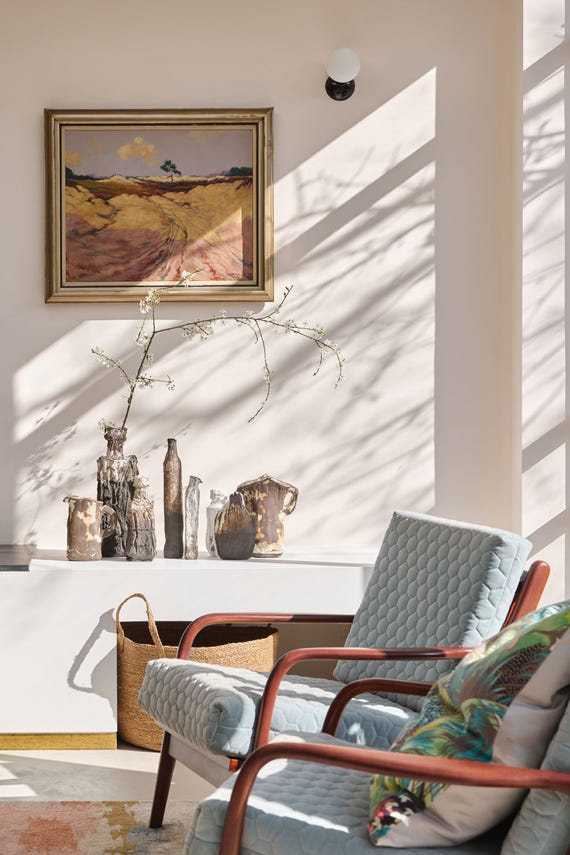Spotting small imperfections after painting can be frustrating — but it doesn’t always mean you need to repaint the entire surface. In this guide, our decorating experts explain what to consider before touching up paint and how to achieve the most even result with minimal effort.
Key Factors for Effective Paint Touch-Ups
Temperature Conditions
Touch-ups should be applied under conditions similar to the original painting. A temperature difference of more than 10°C can cause the touched-up area to appear lighter or darker than the rest.
Coating Colour
Darker colours are generally harder to touch up than lighter ones. Small variations in tone or sheen tend to stand out more on dark surfaces.
Lighting Conditions
Critical lighting — when light hits a surface at a shallow angle — can make touch-ups more noticeable. Always check the surface in this lighting before deciding.
Substrate Porosity
Freshly filled or patched areas may absorb paint differently. This can lead to flashing — visible patches where the colour or finish appears inconsistent.
Sheen Level
High-sheen finishes like gloss or satin highlight imperfections. Matte or flat finishes are generally more forgiving and easier to touch up discreetly.
Paint Batch Consistency
Always keep leftover paint for future touch-ups. Even with high-quality control, slight variations between batches can occur. Using original paint ensures a closer match.
Use the Same Application Tools
For best results, use the same type — ideally the same brand and model — of brush, roller or sprayer as used in the original job. Different tools leave different textures, which can make touch-ups stand out.
When a Full Repaint May Be the Best Option
Even with proper technique, some surfaces — especially large or high-visibility areas — may require a complete repaint to achieve a seamless finish. Still, these touch-up practices are an excellent starting point to minimise unnecessary work and achieve a professional result.



